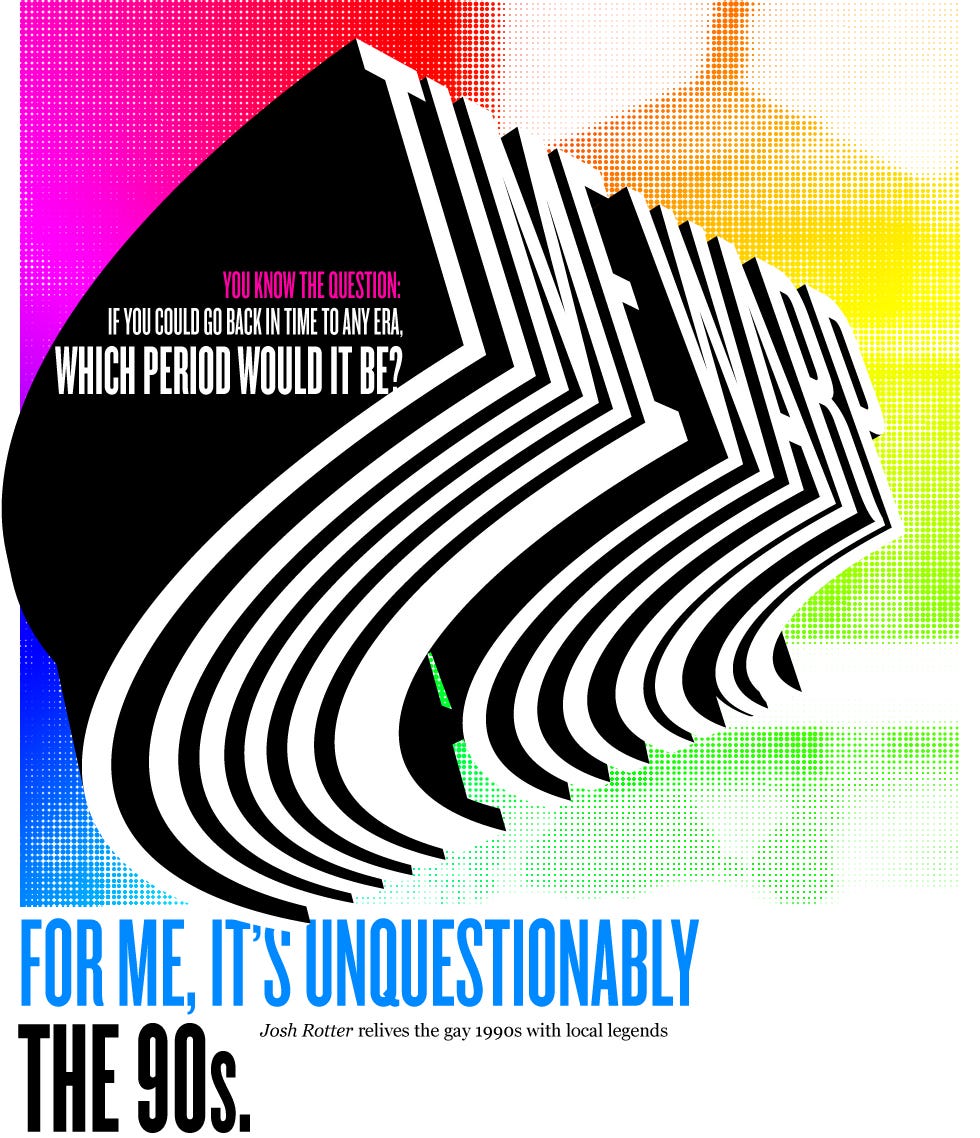
By Josh Ritter
I’ve long been convinced that if only I had been a decade older and could have, dosed up on acid and ecstasy and dolled up in club kid attire, danced till dawn to Deee-lite at one of the many parties that dotted this city in the pre-dot com era, I could have died a happy man.
Tribute clubs like Debaser, Club 1994, Honey Sundays, and the upcoming ERA only whet my appetite for this period. But there’s no Klubstitute for having been there the first time around.
With no Hot Tub Time Machine to take me back, I opted for the next best thing. I would take a tour of ’90s San Francisco, guided by three of the era’s most notable queers: Heklina, the founder of Trannyshack, Jon Ginoli, leader of pioneering queer rock outfit Pansy Division and Tom Radulovich, political activist and executive director of the BART board since 1996.
My goal was to hit all of their favorite ’90s haunts, many of which are long gone, to explore what made ’90s queer nightlife so magical. Through their reminiscences we would bring back this gay heyday, if only for one spectacular night.
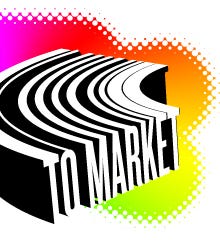

Café Flore’s patio at Market and Noe proved an excellent starting point. As soon as the trio arrived, the still popular café, where legendary performer Justin Bond “learned to be queer” triggered memories of good times gone by.
“This was always the meeting place back then, before going out,” Heklina said. “I had no money back then, but I was out every night. If I didn’t, I felt like I was missing something.” True, with their initial apartment shares averaging at under $400 in the early ’90s, it was still possible to pay rent and paint the town, working a minimum wage job.
As we started walking west down Market Street, it seemed like each and every business (or its former incarnation) housed a memory for each of them. All three had been to Josie’s (now the restaurant Starbelly), one of the preeminent cabaret spots back then. It had 100 seats and featured open mic nights, comedian Marga Gomez, and performances by drag legends Lypsinka, Lady Bunny, and Heklina herself.
The Detour Bar was another favored stomping ground. The former blacked-out leather bar (now upscale lounge bar, Trigger) once attracted a seedier crowd with its indoor chain link fence and piss trough. It was always easy to get laid there, they agreed.
Making a right onto Castro Street, we passed Q Bar, formerly Castro St. Station.
“Once we cut each other’s hair, after being out all night and decided that even though we looked fucked up, we’d go out and drink our breakfast at Castro St. Station,” Radulovich recalled. “And we walked in and saw a bunch of old guys doing the same and realized that it was the gay future we wanted to avoid. But we didn’t care cause we were young.”
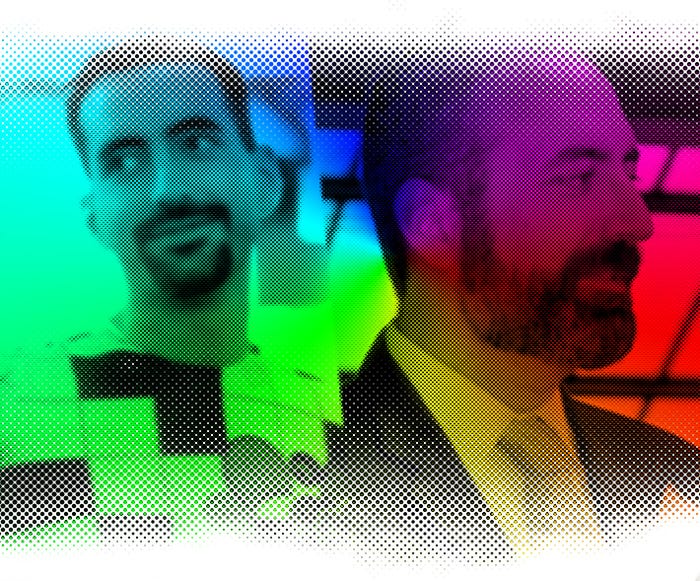
Tom Radulovich in the 1992 and 2009 Photos: Larry Burnett / Vince Giordano
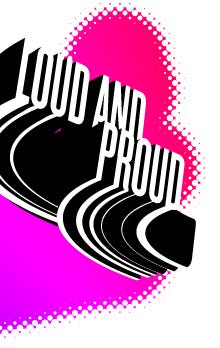

Pleasure and politics melded seamlessly during this era of party and protest. Radulovich recalled how a friend, who lived in an apartment above Walgreens at the corner of 18th and Castro, would perch her blasting boom box at her window while go-go boys danced on her ledge during the infamous “bad cop, no donut” protests against police aggression. For these demonstrations, participants regularly toilet papered the overhead wires so that buses could be kept at bay while people protested.
The San Francisco chapter of Act Up, a national coalition that fought to quell the growing AIDS crisis and Queer Nation, a gay rights group, often held demonstrations there, demanding AIDS drugs affordability, anti-hate crime legislation and equal protection in housing and employment.
It was his involvement with Act Up, which inspired Ginoli to become a cultural activist and form a band such as Pansy Division that could sing about queer love and lust “without having to code it or be coy about it.”
“We were always safe-sex positive,” he said. “That’s part of the activism, the defiance — you people want us to die, but we’ll protect ourselves and do our best to prosper and be happy. Remember, one of Act Up’s slogans was ‘Silence = Death.’ So we felt it necessary to speak up in our own way.”
There was also plenty of rioting against the Gulf War. “It was a reaction against the patriarchy and the Republican disdain for queers,” Radulovich said. “We wanted them to spend money on things to help the common people.” It was during that time that protesters shut down the Golden Gate Bridge to draw attention to the growing pandemic.
AIDS had already claimed the lives of thousands of San Franciscans before the advent of the three-drug HIV cocktail in the late ’90s. “You’d pick up the Bay Area Reporter [B.A.R.] each week and watch helplessly as the obituary section took up more and more pages,” Ginoli said.

Jon Ginoli in the 1990 and 2009 Photos: Marc Geller / Travis Mathews


“There are a lot of ghosts in this town,” Radulovich added. “I’m 42 and there are so many people who I remember that are no longer here.”
“You would see people who you knew,” Heklina chimed in, “and it would start with a spot under their eye, and soon they were totally unrecognizable — they were living, walking skeletons on Castro Street. Then two weeks later, you’d see their pictures in the B.A.R.”
Living under such a dark cloud left even healthy individuals too depressed to go out and drink. Many Castro bars were virtually empty. To fill this void in nightlife, clubs started springing up in other parts of the city such as the Mission and SOMA. As we cabbed down 19th Street, we passed Range Restaurant in the Mission, formerly The Crystal Pistol and home to legendary Klubstitute.


Formed by performance collective The Popstitutes, the night showcased live bands (Pansy Division played there in 1991), spoken word, poetry and avant-garde theatre. It was here that Heklina was inspired to start Trannyshack at The Stud in 1996.
“It was refreshing to move to San Francisco and find a whole scene of people being creative,” Heklina said. “It was also a very punk rock, DIY atmosphere. When I started Trannyshack, I very much was influenced by that whole Klubstitute aesthetic.”
As we approached SOMA’s 9th and Howard intersection, Ginoli pointed out The Underground, an alternative rock club under what is now AsiaSF, where the musician once co-hosted Rock & Roll Queer Bar.
Club Townsend was home to the House music party Carefree, where Radulovich remembers seeing Deee-lite. Ggreg Taylor’s dance night, Product, where murderer Andrew Cunanan met future victim Gianni Versace, was at 1015 Folsom. Michael Blue and Lewis Walden’s club Uranus, where Heklina made her debut, was at The EndUp.

Heklina in the 90’s and today. Photo: Michael Youens
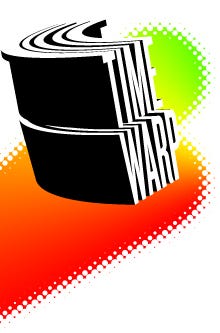

The three were still reminiscing about these legendary SOMA mega-clubs as we entered a very full Club 1994 at 111 Minna. Nostalgic for some ’90s music, I was grateful to hear some danceable ’90s hip-hop in the form of Arrested Development and Notorious B.I.G.
Looking around the mostly straight club we noticed what appeared to be an era-incorrect “Miami Vice” episode projected onto a wall above the bar and a group of young hipsters being photographed at a photo station in an NWA-esque gangster pose that mirrored their 1987 “N.W.A. and the Posse” album.
“There were lots of clubs playing that kind of music at the time, but I avoided it then and I’m not nostalgic for it,” Ginoli, whose tastes veer more towards punk and rock, interjected.
“It felt like things were much more subversive back then,” Heklina added, “and now even gay culture has gotten much more mainstream and boring. There are still some people trying to be creative, but they are also battling with a city that clamps down on nightlife much more today.”


Our final stop, DNA Lounge has bore the brunt of this ongoing contention in recent years. Back in the ’90s the club hosted fetish and industrial nights and one of the first large-scale hip-hop parties in the City. In recent years DNA has collided with area residents, the SFPD and the California Department of Alcoholic Beverage Control.
As we entered the packed mash-up club, we witnessed the wonders of Smash-up Derby, a live mash-up band, fronted by Adrian Roberts of acclaimed rock band Blue Period (1995–2004). Afterwards we headed to the upstairs lounge for a DJ set, which melded ’90s favorites with the music of today and drew shirtless gay boys along with straights to the dance floor.
Taking in our surroundings I wanted to talk more about how things have changed since the ’90s.
“Now you can be gay in so many places without worrying about it,” Radulovich said, “but we are a less inviting city for young queers without college degrees to come to and find an affordable place to live.”
“Back then [the struggle to be gay] was more important on a day-to-day basis,” added Ginoli. “We have achieved a lot, but there’s so much to go. But the fact that marriage is even an option is an indication of how far we’ve come.”
I realized over the course of the evening that ’90s San Francisco was about more than getting dressed up, drug-taking and dancing to acid house. It was a three-drug cocktail of fun, innovation and activism, chased by plenty of risk-taking.
They say that in war time, people dance a little faster, and in the early ’90s, queers were fighting three wars — a war in the Gulf, a war against oppression and a war against AIDS. They refused to go quietly and I hope that we can learn to do the same today.
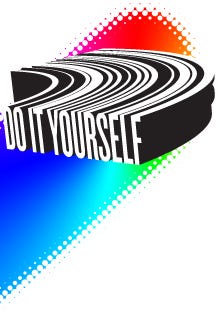

If you’d like to take your own trip through the ’90s, make sure to visit San Francisco’s GLBT Historical Society, which houses many photos, posters and flyers from some of the bars and clubs mentioned in this story — along with innumerable political artifacts from Act Up and Queer Nation. Hopefully the images will inspire a ’90s outfit for a night out at monthly clubs Debaser at The Knockout and Club 1994 at 111 Minna, or tri-monthly Bootie, where they’re sure to play some ’90s mash-ups. Also, stay tuned for ERA, a new weekly Saturday night dance party, based on San Francisco’s ’90s club heyday, which debuts at 1015 Folsom on May 1st.
Design: Graham Hicks







